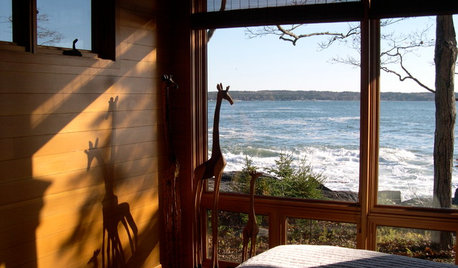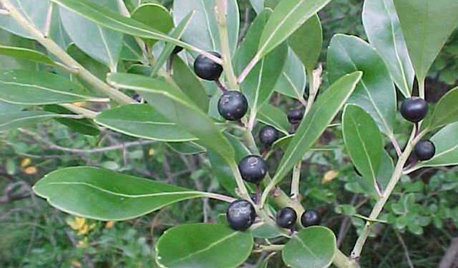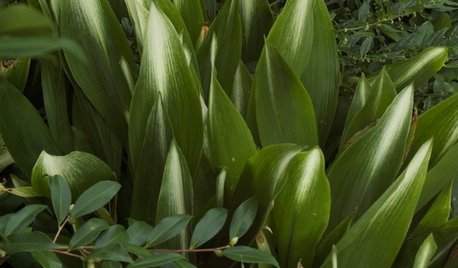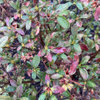Nandina...any drawbacks?
texas_grrl
16 years ago
Related Stories

REMODELING GUIDESWhy Marble Might Be Wrong for Your Bathroom
You love its beauty and instant high-quality appeal, but bathroom marble has its drawbacks. Here's what to know before you buy
Full Story
PRODUCT PICKSGuest Picks: Indispensable Tools for DIYers
Build your tool arsenal with these, and you’ll have the right equipment for any home project you take on
Full Story
MOST POPULARSummer Crops: How to Grow Sunflowers
Savor snack-tastic sunflower seeds once the radiant blooms have faded — if the birds have saved you any, that is
Full Story
KIDS’ SPACESRocking Chairs and Gliders for the Nursery and Beyond
Forget cutesy prints and colors. These chairs can transition to any room in the home when baby is all grown up
Full Story
BEDROOMS9 Beautiful Bedroom Views Shared by Houzzers
See great vistas throughout the U.S. and Canada, with stories and details from the homeowners
Full Story
GROUND COVERSNative Alternatives to English Ivy, Japanese Pachysandra and Periwinkle
These shade-loving ground covers are good for the environment and say something about where you are
Full Story
ARCHITECTUREDreamboats: The Romance and Reality of Houseboats
Floating homes can be heaven on earth (er, sea), with incredible views and ocean-fresh air. But not everything goes swimmingly
Full Story
FLOWERS AND PLANTSEasterners: Consider This Native Alternative to Boxwood
Inkberry, or Ilex glabra, excels as a foundation plant or formal hedge perfectly suited to the East Coast
Full Story
LANDSCAPE DESIGN7 Evergreen Wonders of the Plant World
Year-round interest, structure and beautiful color? These top-notch evergreens have gardens covered
Full Story
CLEANINGEco-Friendly Tips and Tricks for Cleaning Your Home
Are you wary of using chemicals to clean? These simple products and tricks will keep your home spotless naturally
Full StoryMore Discussions







Iris GW
Embothrium
Related Professionals
Holly Springs Landscape Architects & Landscape Designers · Maple Valley Landscape Architects & Landscape Designers · Waterbury Landscape Contractors · Miller Place Landscape Contractors · New Cassel Landscape Contractors · West Allis Landscape Contractors · White Bear Lake Landscape Contractors · New Carrollton Landscape Contractors · Cincinnati Window Contractors · North Hollywood Window Contractors · Libertyville Driveway Installation & Maintenance · Royal Oak Driveway Installation & Maintenance · Clemmons Decks, Patios & Outdoor Enclosures · Salem Decks, Patios & Outdoor Enclosures · St. Louis Decks, Patios & Outdoor EnclosuresDonna
Embothrium
Iris GW
Embothrium
philipw2
texas_grrlOriginal Author
Dibbit
texas_grrlOriginal Author
Caitlin Kempski
gardengal48 (PNW Z8/9)
Dave in NoVA • N. Virginia • zone 7A
Caldwell Home & Garden
Laurie (8A)